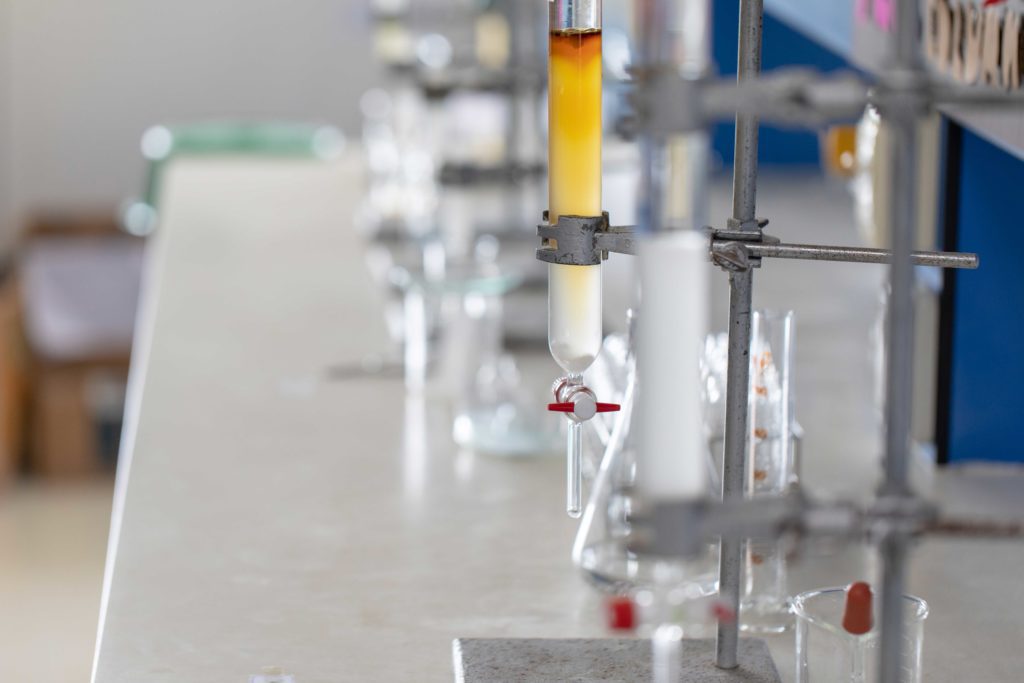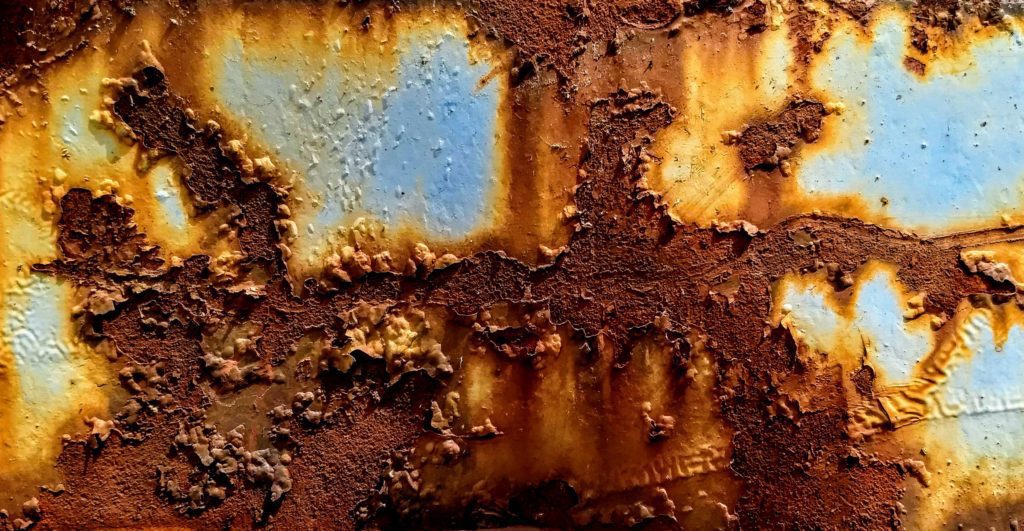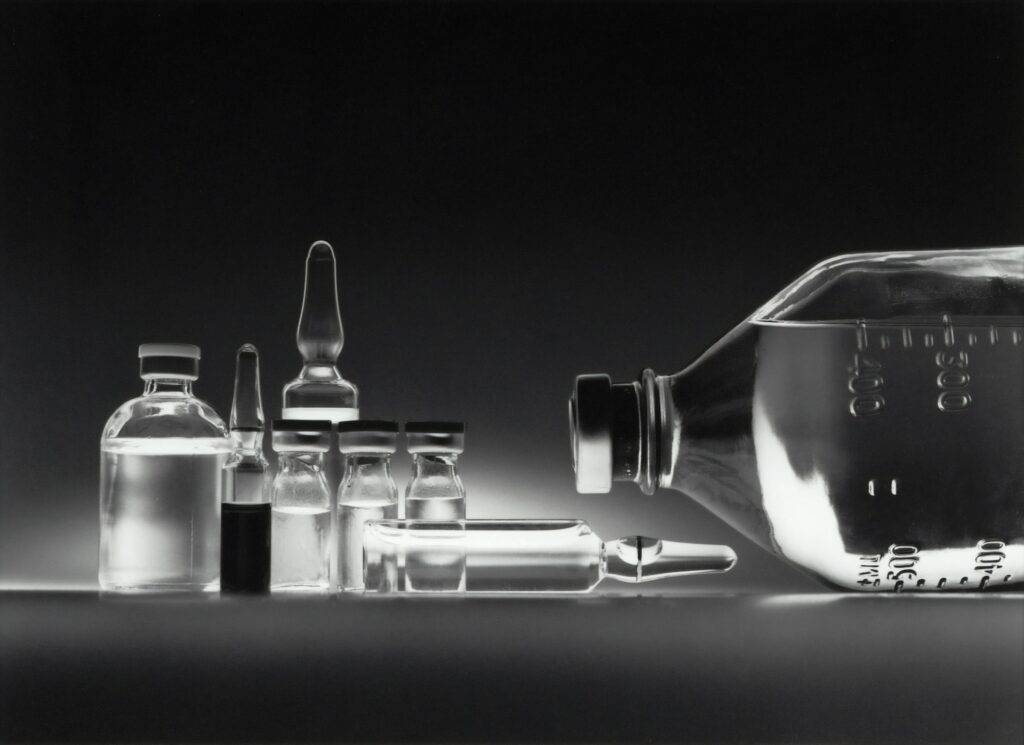11/13/2023 | Electroplating | 9 MINUTE READ
Mastering the pH Game in Parts Washer Solutions for Peak Performance

In the realm of industrial cleaning, parts washers play a pivotal role in ensuring the cleanliness and integrity of critical components. However, the effectiveness of these systems is intricately linked to a crucial factor: pH. Understanding and managing pH levels in parts washer solutions is essential for achieving optimal cleaning results, preventing corrosion, and safeguarding the longevity of equipment.
pH: Unveiling the Chemistry of Cleaning
In the intricate world of parts washing, pH stands as a fundamental parameter, dictating the effectiveness of cleaning solutions and profoundly impacting the overall cleaning process. This seemingly simple numerical value, spanning a concise range from 0 to 14, holds immense power in determining the fate of the materials being cleaned and the integrity of the parts washer equipment.
At the heart of pH lies the concept of acidity and alkalinity, two opposing forces that shape the chemical landscape of aqueous solutions. On one end of the spectrum lies acidity, characterized by an abundance of hydrogen ions (H+). As the concentration of H+ ions increases, the solution becomes increasingly acidic, with a pH value closer to 0. Conversely, alkalinity arises from the presence of hydroxide ions (OH-). With a rising concentration of OH- ions, the solution shifts towards alkalinity, with a pH value closer to 14.

Optimizing pH for Enhanced Cleaning
Determining the optimal pH for a particular parts washing application requires a thorough understanding of the materials involved and the desired cleaning outcomes. For instance, cleaning aluminum parts demands a more neutral pH range, as excessive alkalinity can corrode the aluminum surface. Conversely, cleaning steel parts often necessitates a higher pH to provide adequate corrosion protection and ensure effective cleaning.
In addition to material compatibility, the type of cleaning detergent used also plays a role in determining the optimal pH. Each detergent possesses a unique pH range within which it functions most effectively. Exceeding or falling below this range can diminish the detergent’s cleaning power and potentially lead to adverse effects.
Monitoring and Maintaining pH: Ensuring Consistent Performance
Once the optimal pH level has been established, regular monitoring becomes essential to maintain consistent cleaning performance and prevent unwanted side effects. Several methods exist for measuring pH, including pH test strips, colorimetric indicators, and electronic meters. Each method offers varying levels of precision and convenience, allowing operators to select the most suitable approach for their specific needs.
By regularly checking the pH level of the parts washer solution, operators can identify any deviations from the recommended range and take timely corrective actions. This proactive approach helps to ensure that the cleaning solution remains effective, preventing corrosion and safeguarding the integrity of both the parts being cleaned and the parts washer equipment.
pH: A Balancing Act for Effective Parts Washing
Navigating the world of pH in parts washing entails striking a delicate balance between achieving optimal cleaning, preventing corrosion, and preserving material compatibility. By understanding the principles of pH, carefully selecting the appropriate cleaning solution and pH level, and implementing regular monitoring and maintenance practices, operators can harness the power of pH to achieve consistently effective and efficient parts cleaning.
pH: The Foundation of Cleaning Chemistry
The neutral point, represented by a pH of 7, marks the delicate balance between acidity and alkalinity. Solutions at this neutral pH are neither acidic nor alkaline, exhibiting a balanced chemical environment.
In the realm of parts washing, pH plays a pivotal role in influencing the behavior of cleaning chemicals. These chemicals, designed to remove contaminants and restore the cleanliness of parts, rely on specific pH conditions to function effectively. Alkaline cleaning solutions, with a pH typically ranging from 9 to 12, are particularly adept at breaking down stubborn dirt, grease, and oils. They achieve this by saponifying, or converting, oils and fats into water-soluble soaps, facilitating their removal through rinsing.
On the other hand, acidic cleaning solutions, with a pH typically between 2 and 5, excel at removing inorganic contaminants such as rust, scale, and tarnish. They do so by dissolving these compounds, converting them into water-soluble salts that can be readily rinsed away.
The choice of pH, therefore, becomes a critical decision in parts washing, carefully tailored to the specific materials being cleaned and the nature of the contaminants. An inappropriate pH level can lead to ineffective cleaning, corrosion of parts, or even damage to the parts washer itself.
Corrosion Prevention: The Alkaline Advantage
Corrosion, the gradual deterioration of metals due to electrochemical reactions, poses a substantial threat to the integrity and longevity of parts washer cabinets and components. This destructive process can compromise the structural integrity of equipment, leading to malfunctions, downtime, and costly repairs. To combat corrosion and safeguard the performance of parts washers, maintaining an alkaline pH within the range of 10.5 to 11 is crucial. This alkaline environment fosters the formation of a protective layer on metal surfaces, effectively inhibiting corrosion and extending the lifespan of critical components.
The alkaline environment created within parts washers by maintaining a pH between 10.5 and 11 offers several distinct advantages in preventing corrosion:
- Neutralization of Acidic Contaminants: Alkaline solutions effectively neutralize and eliminate acidic contaminants that are often introduced into parts washers during cleaning processes. These contaminants, such as chlorides, sulfates, and nitrates, can promote corrosion by lowering the pH of the cleaning solution and creating an environment conducive to electrochemical reactions. By maintaining an alkaline pH, the protective layer on metal surfaces remains intact, preventing the destructive effects of acid attack.
- Prevention of Rust Formation: Rust, the reddish-brown corrosion product of iron, is a major concern for parts washer cabinets and components. The alkaline environment created by maintaining a pH between 10.5 and 11 effectively inhibits the formation of rust by preventing the formation of iron oxides, the primary constituents of rust. This protective layer safeguards the integrity of metal surfaces, preventing rust from compromising their structural integrity and functionality.
- Enhanced Passivation Layer Stability: Passivation is a natural process that occurs on metal surfaces in alkaline environments, forming a thin, protective layer that inhibits corrosion. Maintaining an alkaline pH within the specified range promotes the formation and stability of this passivation layer, further enhancing corrosion resistance. This protective barrier shields metal components from the destructive effects of corrosive agents, ensuring their long-term durability.

Tailoring pH to Materials and Detergents
The ideal pH level for a parts washer solution is not a one-size-fits-all approach. It depends on the type of materials being cleaned and the specific detergent being used. Certain materials, such as aluminum, are susceptible to corrosion in alkaline environments, while others, like steel, require a higher pH for optimal protection. Similarly, different detergents have varying pH requirements for maximum cleaning efficacy.
Monitoring pH: Ensuring Consistent Performance
Regular testing and monitoring of pH levels are crucial for maintaining the effectiveness of parts washer solutions. Several methods are available, including pH test strips, colorimetric indicators, and electronic meters. By regularly checking the pH level, operators can ensure that the cleaning solution remains within the optimal range and take corrective actions if necessary.
pH and Material Compatibility: Striking the Balance
The pH of a parts washer solution can also influence the compatibility of cleaning chemicals with different materials. Excessive alkalinity, while beneficial for corrosion prevention, can damage certain materials, such as plastics or rubber gaskets. Conversely, overly acidic solutions may not provide adequate cleaning power and could even etch or stain sensitive surfaces. Striking the right balance is essential for preserving the integrity of the parts being cleaned while maintaining the cleaning power of the solution.
Troubleshooting pH Issues: Addressing Challenges
Despite meticulous monitoring and maintenance practices, pH issues can occasionally arise in parts washer systems, disrupting the delicate balance of the cleaning process and potentially compromising the effectiveness of corrosion prevention measures. These pH disturbances can manifest in various forms, each presenting unique challenges that require prompt identification and corrective action.
pH Drift
pH drift is a gradual and often subtle change in pH levels over time. This phenomenon is commonly attributed to evaporation of the cleaning solution, which concentrates the alkaline components and gradually raises the pH. Additionally, contamination from external sources, such as acidic contaminants or incompatible chemicals, can also contribute to pH drift.
Addressing pH drift requires a two-pronged approach: controlling evaporation and preventing contamination. Regular replenishment of the cleaning solution to maintain the recommended volume helps mitigate evaporation-induced pH shifts. Additionally, implementing strict housekeeping practices and employing dedicated equipment for handling and storing chemicals can minimize the risk of contamination.
pH Spikes
pH spikes, in contrast to the gradual changes associated with pH drift, are characterized by sudden and significant fluctuations in pH levels. These abrupt alterations often stem from the introduction of incompatible chemicals or contaminants into the cleaning solution. For instance, accidental spills of acidic substances or the introduction of foreign materials can trigger rapid pH drops, while the addition of excessive alkaline additives can cause spikes.
Addressing pH spikes demands immediate action to stabilize the solution and prevent further damage to the parts washer system. The first step is to identify the source of the pH disturbance. This may involve inspecting the equipment for signs of leaks or spills, reviewing chemical usage records, and conducting thorough system audits. Once the culprit has been identified, prompt removal or neutralization of the offending substance is essential.
pH Extremes
pH extremes occur when the pH level falls outside the recommended range, typically between 10.5 and 11. Excessively high pH levels can lead to the formation of precipitates, interfering with cleaning efficacy and potentially harming delicate components. Conversely, excessively low pH levels can accelerate corrosion processes, jeopardizing the integrity of the parts washer system.
Addressing pH extremes requires a targeted approach that restores the solution to the optimal range. For excessively high pH levels, partial solution replacement with fresh, uncontaminated cleaning fluid can help lower the pH. Alternatively, controlled additions of mild acidic solutions, such as diluted citric acid, can gradually adjust the pH downward. Conversely, excessively low pH levels can be rectified by adding appropriate alkaline additives, such as sodium hydroxide or potassium hydroxide, while monitoring the pH closely to avoid overcorrection.
To address these issues, operators should implement regular testing and maintenance procedures, promptly identify and remove contaminants, and utilize appropriate pH buffers to stabilize the solution.

Conclusion: pH as a Cornerstone of Effective Parts Washing
Maintaining optimal pH levels in parts washer solutions is a cornerstone of effective cleaning, corrosion prevention, and equipment longevity. By understanding the principles of pH, tailoring the solution to the specific application, and implementing regular monitoring and maintenance practices, operators can ensure that their parts washer systems operate at peak performance, safeguarding both the parts being cleaned and the equipment itself.
Posted by Joshua Samp on November 13, 2023
Sensorex is a global leader in the design and manufacture of quality sensors for water quality and process applications. The company offers more than 2000 sensor packages for pH, ORP, conductivity, dissolved oxygen, free chlorine, chlorine dioxide, UV transmittance and other specialty measurements, as well as a full line of sensor accessories and transmitters. Its expert technical support engineers solve analytical sensor challenges with custom designs and off the shelf products.




